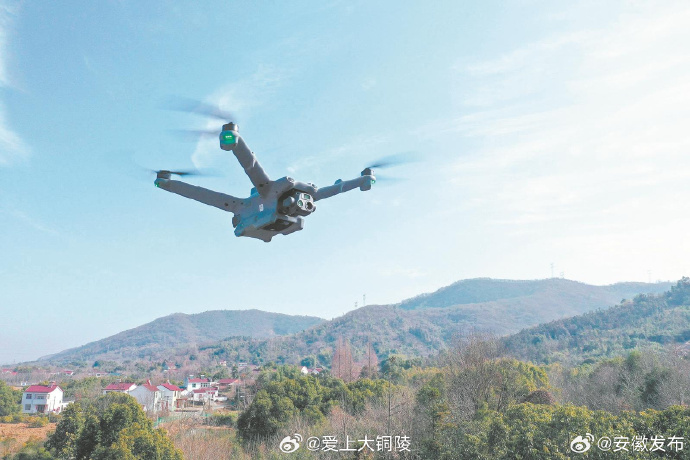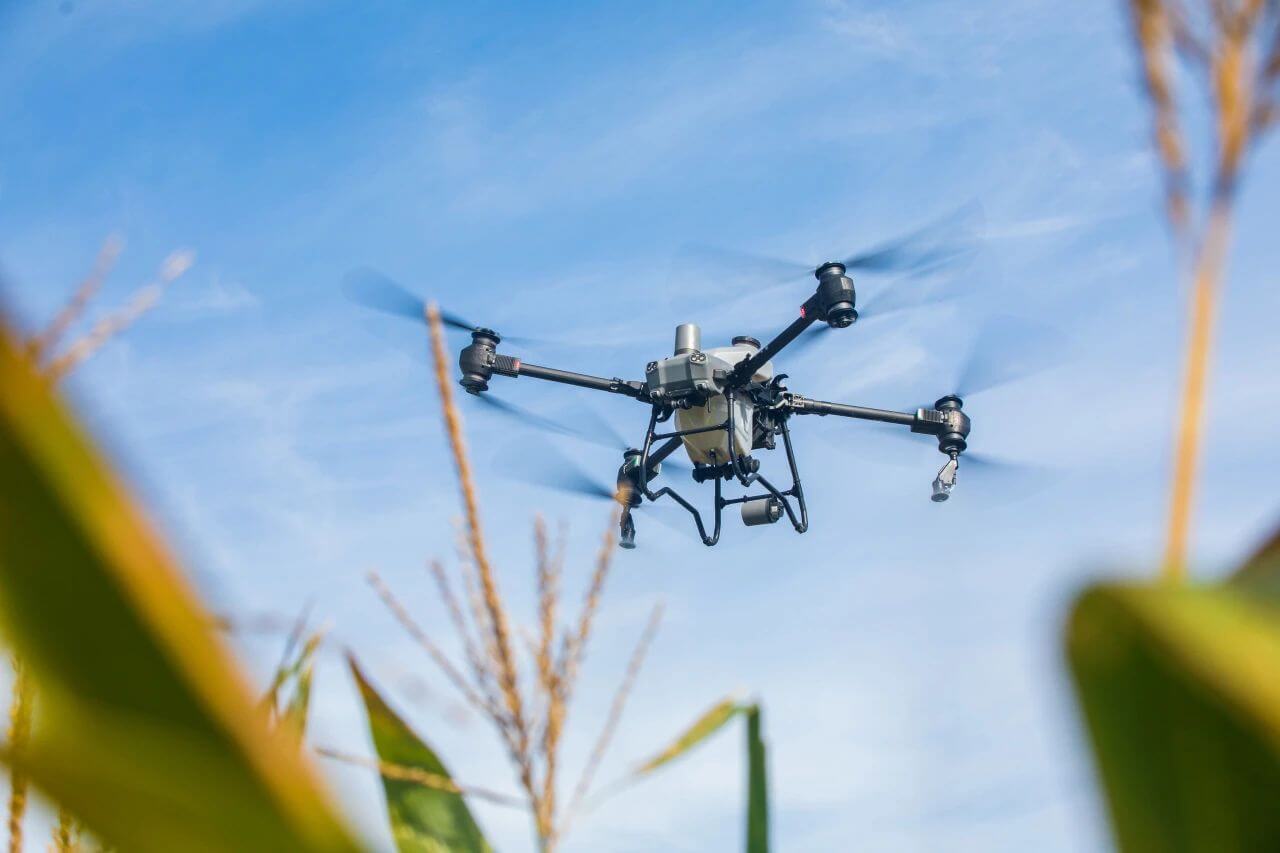Drone aerial spraying represents a significant advance in precision agriculture, combining innovative techniques and cutting-edge technology to enhance crop management. With an increased focus on sustainable farming practices, drones are revolutionizing how farmers monitor and treat their crops, providing precise application of fertilizers, pesticides, and herbicides, reducing waste and environmental impact. The ability of drones to cover large areas quickly while delivering pinpoint accuracy has made them invaluable assets in modern agriculture.
Advantages of Drone Aerial Spraying
One of the most notable advantages of drone aerial spraying is its efficiency. Drones can execute tasks in a fraction of the time compared to traditional methods, effectively covering hectares of farmland without the need for bulky machinery or manual labor-intensive processes. This not only saves time but can also significantly reduce labor costs. Furthermore, drones equipped with sophisticated sensors and GPS technology ensure that the application rates are accurately targeted, minimizing the potential for over-spraying.
Another key benefit is environmental preservation. Drone technology allows for more judicious use of chemicals, which protects the ecosystem by ensuring that only the necessary amount is applied to targeted areas. This also helps in preserving non-target plants and organisms by reducing off-target drift, a common issue with conventional spraying techniques.

How Drone Aerial Spraying Works
The process of drone aerial spraying is highly engineered and precise. It begins with mapping the field using GIS (Geographic Information System) to create a detailed overview of the area. This map helps identify zones that need specific treatment, ensuring resources are used efficiently. Once the zones are pinpointed, drones equipped with spray tanks and adjusters carry out the aerial spraying task based on pre-programmed paths and routines.
Drones can be customized for varying agricultural needs, adjusting parameters such as spray rate and altitude to adapt to different crops and conditions. This flexibility enhances the capability to provide tailored solutions for complex agricultural landscapes.
Innovations Driving Development
Continuous innovation in drone technology drives its development in precision agriculture. For instance, advanced drones now incorporate AI-driven analytics to predict optimal spray conditions, considering factors like wind speed, weather changes, and crop lifecycle. Some drones are equipped with thermal imaging cameras to analyze plant health in real-time, allowing farmers to make informed decisions on the fly.
The ease of integration with other technologies such as IoT (Internet of Things) devices and blockchain for reliable data recording demonstrates how aerial spraying via drones is interconnected with broader agricultural advancements. This intersection of technologies enhances traceability and management of the entire farming process.
Challenges and Considerations

- Regulatory Compliance: Drone operation for agricultural purposes must meet certain legal requirements which can vary significantly between regions.
- Technical Expertise: Operating drones requires skilled personnel who understand both the technical aspects and agricultural implications.
- Initial Cost: While drones can reduce labor costs in the long term, the initial investment may be substantial.
Despite these challenges, the overall benefits of implementing drone aerial spraying in agriculture outweigh the potential downsides, making it a promising area for future growth.
FAQs About Drone Aerial Spraying
- Can drones operate in all weather conditions?
- Drones are equipped to handle various weather conditions, but extreme weather such as heavy rain or winds can affect performance.
- Are drones suitable for all types of crops?
- While drones can be adapted for different crops, their effectiveness can vary based on factors like crop height and density.